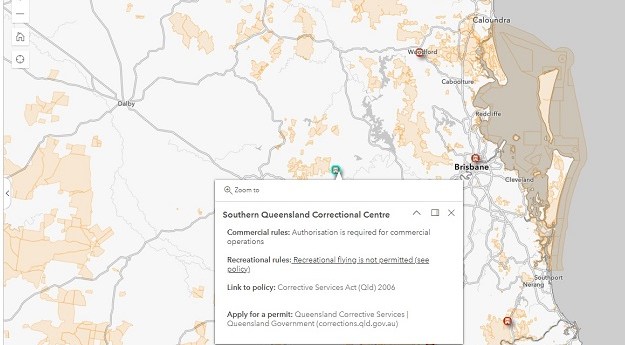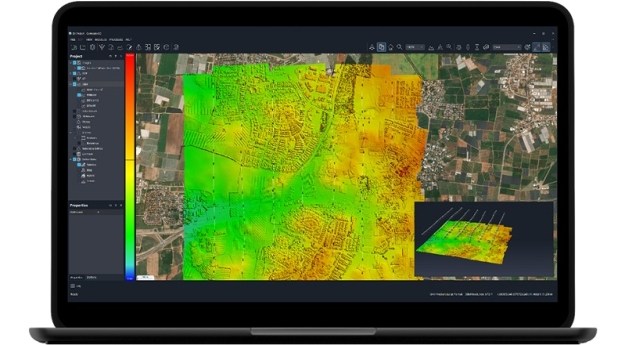
An image colourising the methane concentration measurements that exceeded normal background levels captured over the Alberta test site, captured by GHGSat-1 and overlaid over an aerial photograph of the site. Image provided by GHGSat Inc.
GHGSat, a microsatellite greenhouse gas monitoring mission, has recorded the smallest ever atmospheric methane emission to be detected from orbit.
GHGSat-C1 (‘Iris’), developed by Canada’s Space Flight Laboratory, was launched on September 2, 2020, aboard an Arianespace Vega launch vehicle from the Guiana Space Centre in French Guiana.
The satellite was reported its first successful measurement of a methane emission from an oil and gas facility in Turkmenistan within a week of reaching orbit. Iris was then tasked with measuring a much smaller, controlled methane release from a test site in Alberta, Canada, which was completed and verified with an airborne sensor.
GHGSat Inc. President Stephane Germain said that the second measurement was the smallest ever methane emission recorded from space, and represents a considerable advancement over the previous mission.
“Results indicate initial performance [of GHGSat-C1] is five times better than GHGSat-D,” he said.
Space Flight Laboratories director Dr. Robert E. Zee said that precise attitude control and sensor pointing are critical to the success of an atmospheric monitoring microsatellite. The tiny craft’s spectrometer must be kept trained on a terrestrial area of interest on the ground while the satellite continues on its path.
“The successful measurement of methane concentrations in the air above the oil and gas facility indicates the advanced microsatellite attitude control and precise point technologies developed by SFL and built into GHGSat-C1 are functioning as designed,” he said.
“We have a very mature and high-performance attitude control system that can handle various maneuvers and pointing modes with relative ease. In particular, we fine-tuned the attitude control required for GHGSat-C1 by leveraging the results from the GHGSat-D demonstration mission in 2016.”
GHGSat-2 is currently under development.
Stay up to date by getting stories like this delivered to your mailbox.
Sign up to receive our free weekly Spatial Source newsletter.












